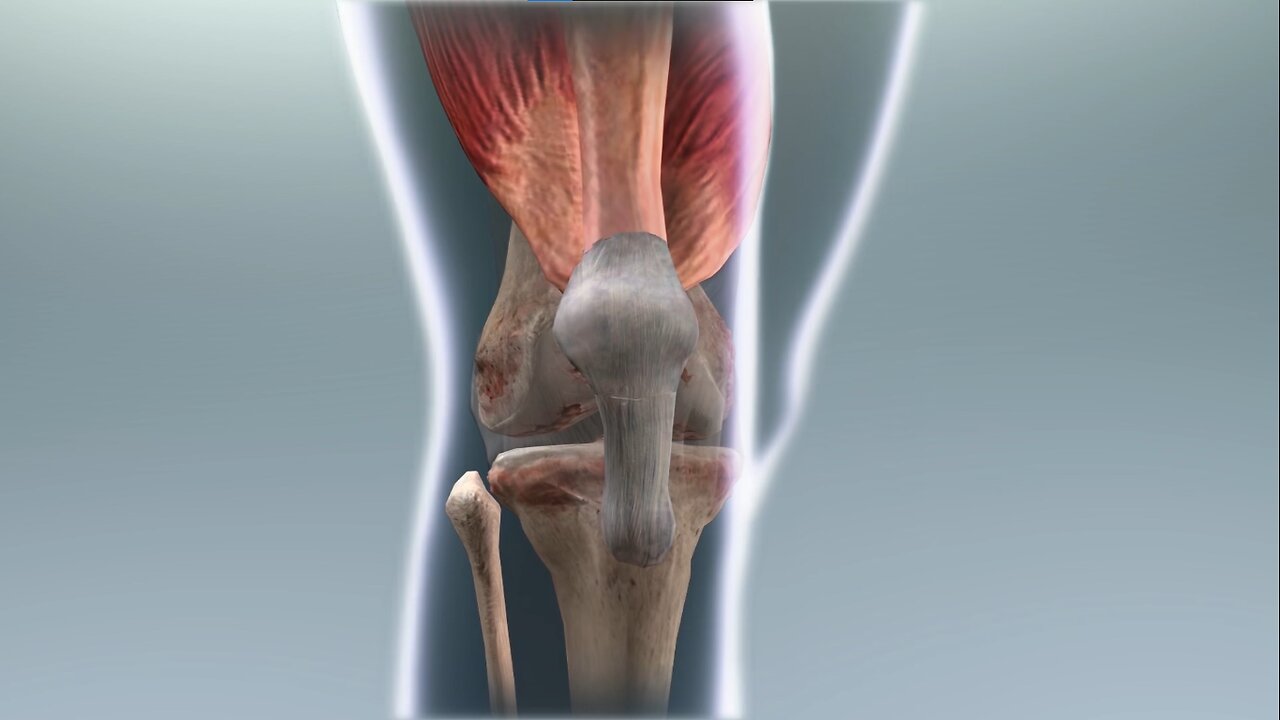Premium Only Content

Torn meniscus part 3 knee anatomy - human body anatomy
torn_meniscus_03_torn_meniscus
===
[00:00:00] Hello, my name is Dr. Paul Burke, and I'm a physical therapist with nearly 20 years of experience with orthopedic and sports related injuries. Today I'll be talking to you about meniscus injuries. Meniscus tears can occur as a result of an acute injury or a degenerative process associated with aging.
The most common acute injuries involve either a twisting injury and or rapid change in direction with a foot planted on the ground or direct contact from an external force. Meniscus injuries may be classified in several different ways. One way to classify a meniscus tear is based on the severity of tear and includes qualifiers such as, Moderate or severe.
Alternatively, classification can be based on the location of the tear. Peripheral tears are associated with a rich vascularity and a good healing potential. Central tears are associated with a poor vascularity and healing potential. Finally, meniscus tears can [00:01:00] also be classified based on their orientation.
Examples are vertical, radial, horizontal o. Or complex, which is a combination of previously mentioned types of tears. The associated symptoms of a meniscus injury vary depending on the severity, location, and orientation of the injury, as well as the presence of any associated intraarticular problems. A common symptom presentation may include pain, which is aggravated during weightbearing activities, as well as swelling that may lead to knee stiffness and loss of motion with bending or terminal extens.
In addition, during more severe meniscus tears, patients may experience catching, locking, or giving way. Injury to the meniscus leads to a disruption of anatomy and its inherent function. Since the integrity of the anatomy is altered, the function of the meniscus is disturbed and the anatomical [00:02:00] relationships are altered.
A meniscus injury may change the way a patient moves resulting in compensatory movement pattern. So that brings us to the end of our discussion today. Thanks for joining me.
-
 1:58:33
1:58:33
The Charlie Kirk Show
2 hours agoAmerica's Spiritual Revival + Runaway Judges + Vivek For Ohio | Habba, Waggoner, Vivek | 2.27.2025
46.2K3 -
 58:33
58:33
The Dan Bongino Show
4 hours agoAmerica's A-Team Hits The Ground Running (Ep. 2432) - 02/27/2025
599K810 -
 1:19:38
1:19:38
The Rubin Report
3 hours agoCNN Host Brutally Mocked for Trying to Profit Off of What He Called a ‘Conspiracy’
47.2K21 -

Benny Johnson
19 hours ago🚨BREAKING: Epstein List, Flight Logs RELEASED Any Minute By Trump | ELITES IN PANIC
101K81 -
 2:10:17
2:10:17
Steven Crowder
5 hours agoEpstein File Watch & DOGE’s $17M Muppet Show Explained
411K290 -
 1:04:22
1:04:22
Timcast
4 hours agoTrump Orders ALL TRANS MILITARY Discharged, Trans Person CAUGHT With BOMBS At Tesla Dealership
103K111 -
 2:01:41
2:01:41
LFA TV
18 hours agoPAYBACK = JUSTICE! | LIVE FROM AMERICA 2.27.25 11AM
54.4K17 -
 DVR
DVR
Bannons War Room
9 days agoWarRoom Live
2.4M416 -
 2:17:39
2:17:39
Matt Kohrs
13 hours agoBREAKING MARKET NEWS: Bounce or Bust?! || The MK Show
69.6K1 -
 47:26
47:26
BonginoReport
6 hours agoEpstein Files Drop Today-But How Much Will They Reveal? (Ep.149) - 02/27/2025
142K165